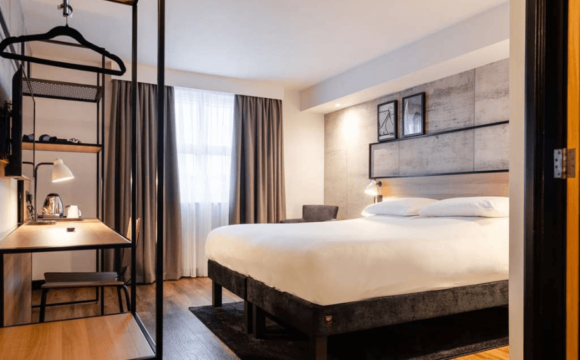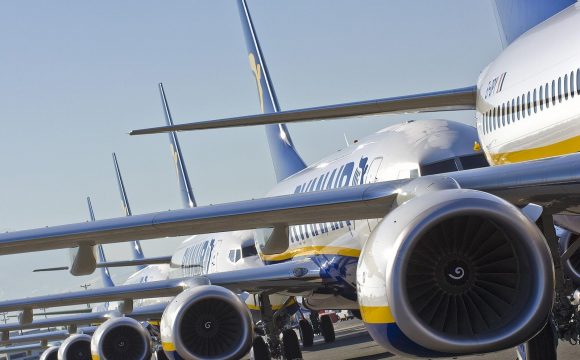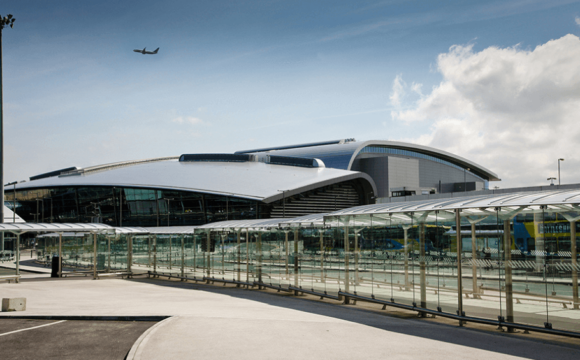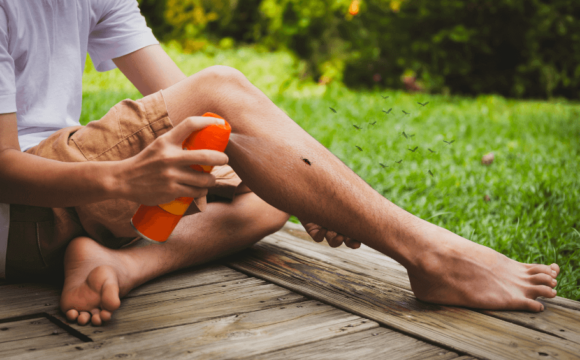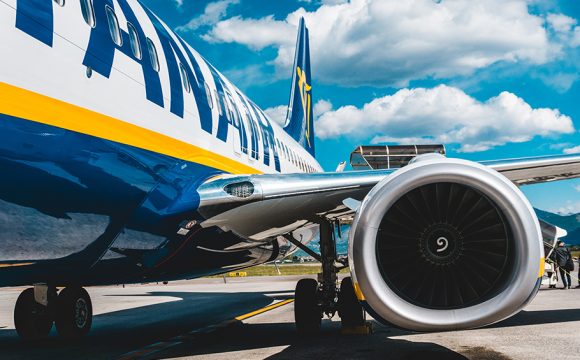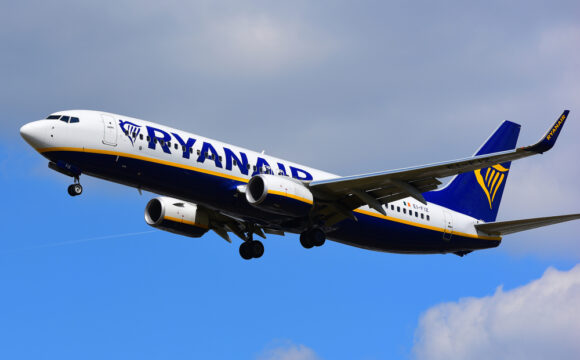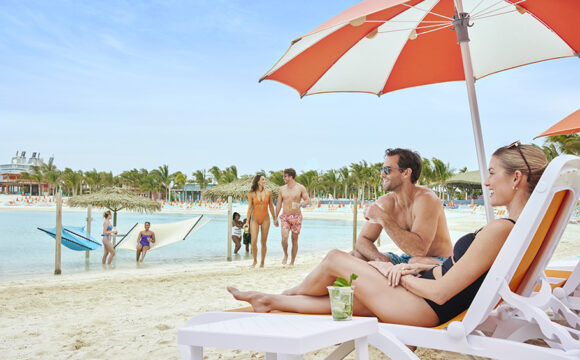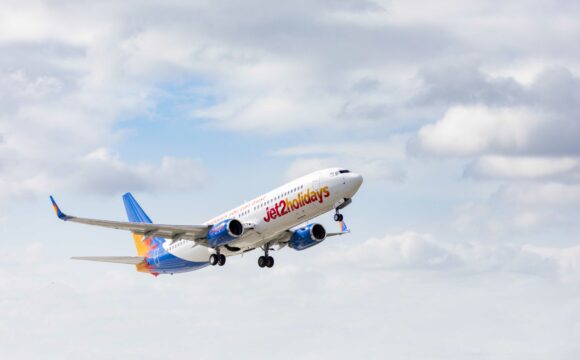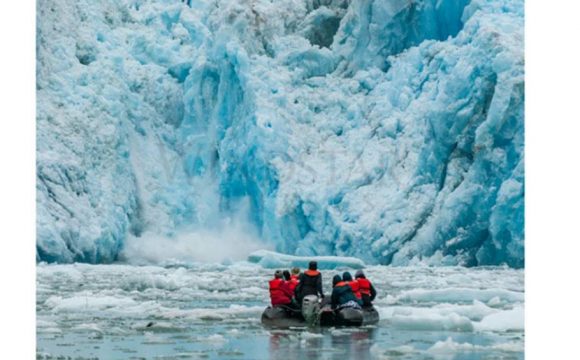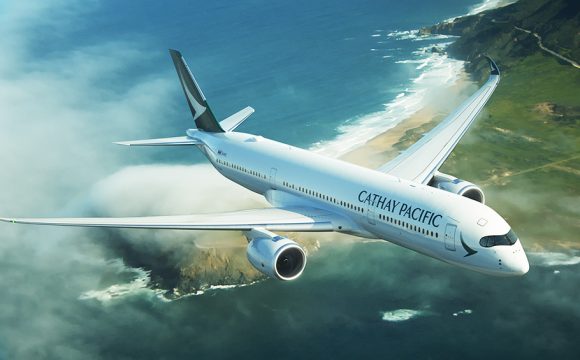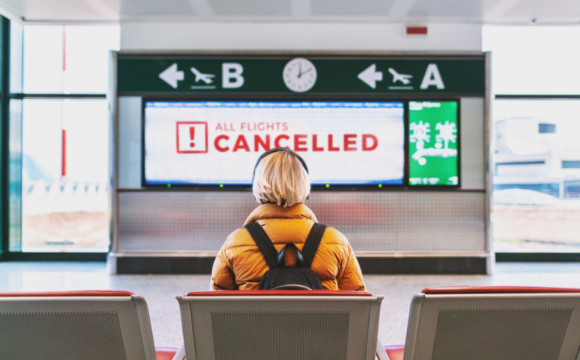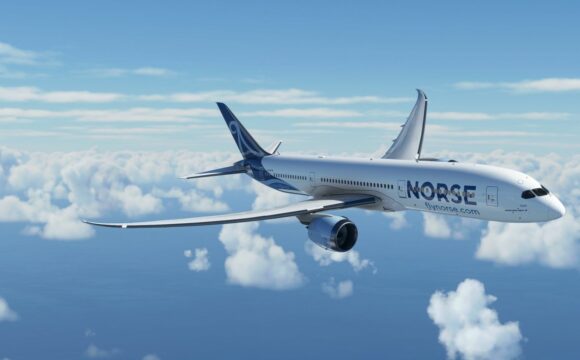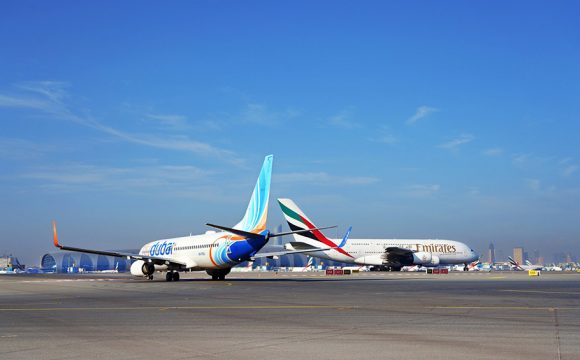Braving the Scandinavian Arctic in the middle of winter might not seem particularly appealing, but once you’ve arrived in the white wonderland – you know you have made the right choice.
Why
After you have reconciled with the fact that the Arctic in winter is not a sun destination and days are shorter than in Ireland at this time of year, a wintertime visit to the Arctic can be a fantastically enjoyable affair – provided you’ve come prepared. When in the Arctic, do what the locals do: put on overalls, a good hat and boots, and just get on with your life. After all, weather-appropriate clothing is the secret to enjoying your winter holiday.
Also, Scandinavia is considered a ‘civilised’ destination – and that means no power cuts, 24-hour indoor heating, and – ah, the luxury – heated outdoor public toilets should you choose to indulge in omnipresent outdoor festivities. On top of that, every hotel, guest – or private house boasts a sauna.
In addition, contrary to the common view that the Arctic is swathed in darkness for six months of the year, the sun also rises there – if only briefly – adding an otherworldly glow to the snowy landscape.
Another blessing of a winter-time trip to the Arctic is the chance of seeing the elusive Northern Lights, a.k.a. Aurora Borealis – that is, if you’ve missed them back home. Usually the colder it gets, the bigger the chance of seeing aurora dance in the skies above you.
To see and do
Even in the coldest and darkest weeks of the year, the locals carry on regardless, and lots of events are organised across the Arctic. For instance, in Sweden, start of February sees Sami Wintermarket in Jokkmokk, the Sami people’s main town, right on the Arctic Circle.
The Jokkmokk Wintermarket is Northern Europe’s biggest winter festival and a meeting place for Sami from all over northern Europe. It showcases unique Sami handicrafts and local delicatessen such as reindeer meat, Sami bread, cheeses, smoked fish, jams and the very Arctic lingonberries – that are similar in taste to cranberries.
There are also exhibitions, talks and events including dog sledding, snowmobiling and reindeer races on a local lake. For the thirsty, huge beer and mulled wine marquees abound – with the aforesaid heated outside toilets.
The mining town of Kiruna is also worth a visit – while still in its present location. This year, works have begun to move this Sweden’s northernmost city to the east. The local iron mine – Kiruna’s largest employer – has caused the move: in 2004, the state-owned mining company started its excavating works just outside the town, which soon resulted in huge fissures moving slowly towards the city centre. Local tour operators can book you on a trip in the mine – very appealing to some, especially that the mine boasts a steady temperature of +18 Celsius.
In Kiruna you can also hire ice skates and skis – alpine or cross-country, and become a winter sportie for the day. But the main reason why you should consider a trip to the north of Sweden at this time of the year is a visit to the already legendary ice hotel.
The Ice Hotel
The hotel covers 5,500 square meters and is made from 1,000 tonnes of Torne River ice and 30,000 tons of ‘snice’ – a mixture of snow and ice. Every year, from December to mid-April, the hotel is open for business showcasing unique art works in rooms and corridors. This being a Swedish hotel, local health and safety regulations dictate that every room is equipped with a fire alarm and extinguisher. The on-site ice bars serves vodka cocktails in ice glasses.
The indoor temperature, -5 Celsius, might not seem too appealing but then again, it is all about the right clothing. Warm overalls, boots and sleeping bags are included in the price of the ice hotel, as is a ‘warm’ locker – a storage room in the heated area of the hotel complex, where you can leave your belongings and, most importantly, your electronics. The heated area also has a camping-style shared bathroom and showers. A guided tour of the place is also included in the price.
In all honesty, this will not be the best night of your life, but certainly a one to remember. The ice bed is not very comfy, but you will wake up fresh as a daisy – and with a wonderful sense of achievement. You can also order a certificate stating that you have ‘survived’ a night in -5 Celsius.
Food and drink
In this part of Sweden, meat – mostly reindeer and other game dishes – is a staple food, and reindeer meat balls with lingonberry sauce and mashed potato the most common dish. Dried fish and meat are often served as snacks, often accompanied by crisp bread. Good ol’ porridge is had for breakfast, often served with apple mousse.
Surprisingly, Sweden is one of the top 10 coffee drinking countries in the world, and the consumption of milk is also very high. Swedes do not shy away from alcohol either, but beware – it is not possible to drink in bars and pubs without breaking the bank. Alcohol supermarket prices are definitely more user-friendly.
Money
Sweden is not in the Eurozone, nor does it intend to be, so you will have to change money at some point. Some banks in the north do change money but your best bet is to look out for money exchange points. Regardless of the amount changed, a flat fee of 50 Swedish Krona (around £5) applies. Credit and debit cards are accepted literally everywhere, including city buses or small kiosks.
In sum, a winter break in the Swedish wonderland can be very enjoyable. And don’t let the temperatures and heavy snowfall dampen your spirits – after all, it’s all about the right clothing.


